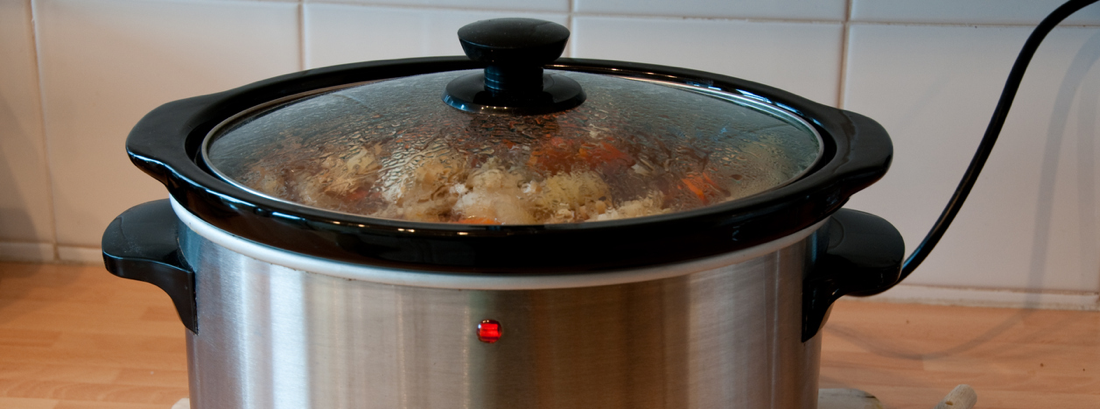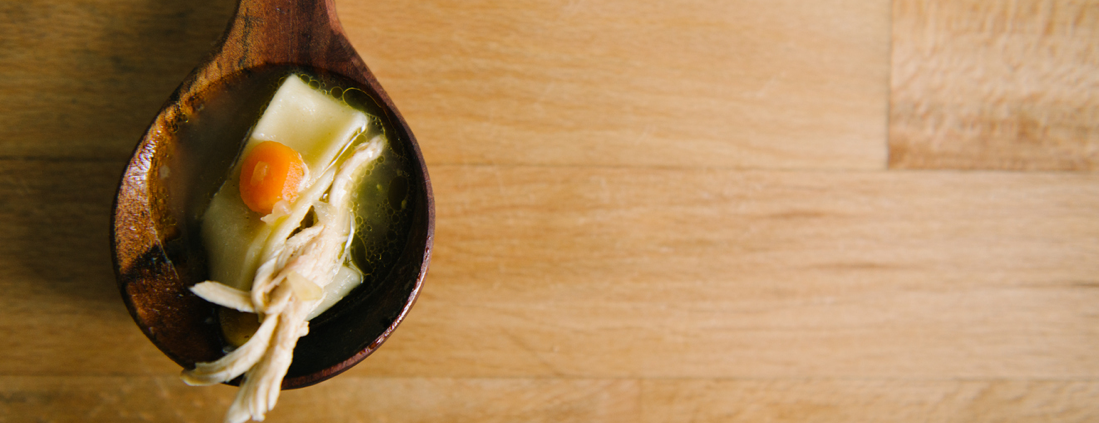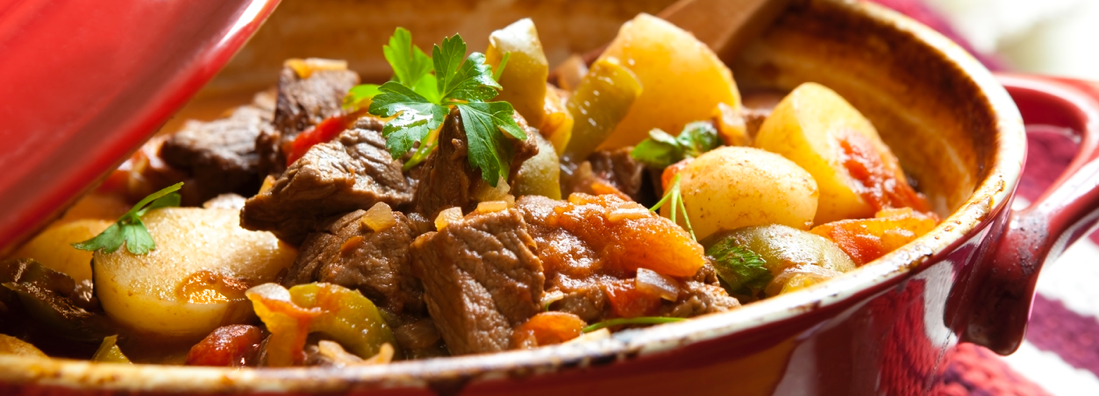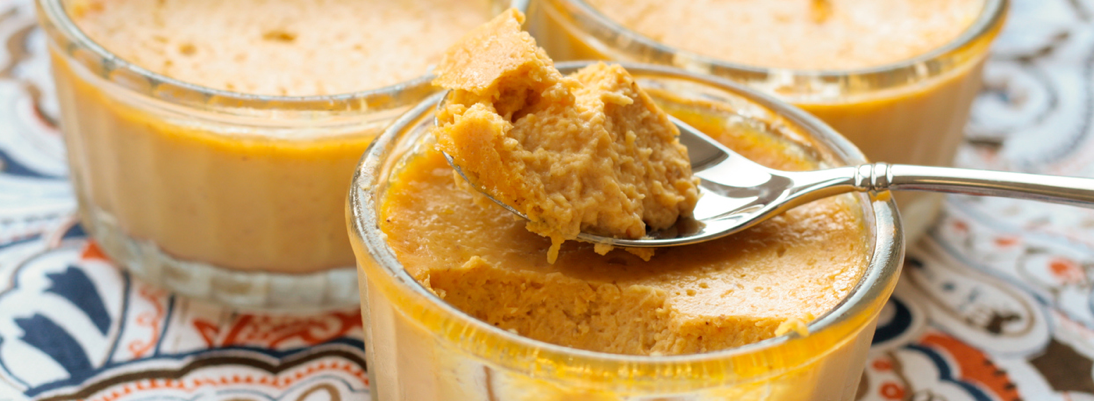The concept is simple. Throw meat and some vegetables into a slow cooker, add some seasoning, and let it simmer all day. After a few hours you and your family have a complete, home-cooked meal, with minimal effort and maximum flavor. What could be better than that?
Of course, the benefits of using a slow cooker transcend the ease of preparation. Most modern cookers not only use less energy than conventional methods of preparing meals, but also are easier to clean. (For the “cleanest” cooking option, try using slow cooker liners.) Meats prepared in a slow cooker are naturally tenderized by the gradual cooking process allowing you to use cheaper and tougher cuts of meat. Vegetables used in slow cooker recipes retain their nutrients better than boiling in water where the vitamins and minerals can be destroyed by the higher temperatures and lost in the water itself.
But what if your favorite slow cooker recipes have ingredients like tomatoes and barbeque sauce that are less than bladder friendly? Remember, the beauty of having home-cooked meals is your ability to control what is added to the mix. The simplest meals made with fresh ingredients are of course the best. Beef or pork roasts combined with potatoes, carrots, celery, and onion with a little salt and pepper (if tolerated) is the most basic slow cooker recipe. But the versatility of a slow cooker also includes an endless array of casserole, stew, soup and even dessert recipes.
Slow Cooker Food Safety and the “Danger Zone”
Keep in mind, the same low temperature environment that allows us to use slow cookers to prepare tender, flavorful meals over the course of a day may require some tweaking of your cooking skills to keep it safe. It is important to minimize the time the food spends in the temperature “danger zone” (40°F to 140°F) where bacteria multiples the fastest. Here are some suggestions:
- Frozen meat can compromise the ability of the cooker to move quickly through the danger zone. Thaw frozen meat in the refrigerator overnight before using it in a slow cooker.
- Minimize the time your meal spends in the food safely danger zone by preheating the cooker and heating liquids before you add them to the crock.
- To prevent vegetables like peas, zucchini, and corn from becoming mushy, many people like to add them in the last hour of cooking. To keep the mixture’s temperature from dipping too far into the danger zone, heat cold or frozen ingredients first before adding to the hot mixture in the slow cooker.
- If using dried beans such as kidney beans, reconstitute and boil on the stove according to package directions before adding to your slow cooker meal. Boiling beans beforehand not only speeds up cooking, but more importantly, it releases the toxins that can become trapped by a slow cooker’s closed environment.
- Avoid lifting the lid of the slow cooker when in use. This can lower the temperature significantly and increase the time to finish the meal.
- If you want to use an acid reducer like AcidZap to help make the meal more bladder or tummy friendly, add it at the end, preferably to individual servings. A slightly acidic environment when cooking can help control food borne illness and works with the heat to tenderize meats.
- Resist the temptation to taste-test until everything has reached a safe temperature. Although the mixture may appear to be boiling, the inside of larger pieces of meat may not be safe until the very end. Use a meat thermometer in the thickest part of the meat to determine temperature. Whole roasts should have a temperature of 145°F to 160°F, poultry, soups, and stews should be 165°F.
- After your meal, remove any leftovers from the crock and refrigerate immediately in a shallow pan to allow speedy cooling. Do not leave leftovers on the counter to cool.
For more information on slow cookers and food safety, see the USDA website.




